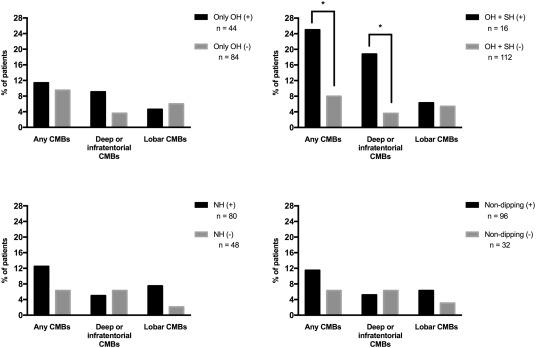Inpatients with Parkinson disease (PD) were observed to exhibit reverse dipping, in which night-time systolic blood pressure (BP) increased, according to study findings published in Brain and Behavior.
Abnormalities in BP may lead to decreased cerebral perfusion and manifest as symptoms of dizziness, blurred vision, fall, and syncope. Long-term abnormalities increase risk for cardiovascular events. The objective of the current study was to analyze the BP alterations by 24-hour ambulatory BP monitoring in patients with PD with different disease stages and subtypes.
Inpatients (N=75) at the Shanghai Fifth People’s hospital in China were enrolled in this study between 2017 and 2020. Study participants were assessed by 24-hour ambulatory BP monitoring. Normal dipping was defined as 10%-19% reduction, reduced dipping as 0%-9% reduction, and reverse dipping as a night-time systolic BP increase. BP patterns were compared between inpatients with PD (n=32) and inpatients with benign paroxysmal positional vertigo and chronic subjective dizziness (n=43).
Continue Reading
Patients with PD and control individuals were aged mean 72.7±9.8 and 68.7±10.1 years, the male:female ratio was 17:15 and 20:23, 68.8% and 65.1% had hypertension, and 15.6% and 20.9% diabetes, respectively.

In the PD and control cohorts, 24-hour systolic BP (mean, 134.4 vs 132.7 mmHg; P =.723) and diastolic BP (mean, 74.1 vs 75.4 mmHg; P =.577) did not differ between groups, respectively. All other BP measurements did not differ between groups, except night-time systolic BP, which was higher among the PD cohort (mean, 140.2 vs 127.5 mmHg; P =.027).
Most patients in the control cohort had non-dipping BP (51.2%) compared with 31.3% in the PD group (P
Stratified by early (n=11) and advanced (n=21) PD, the advanced PD group had elevated mean night-time systolic BP (146.9±26.4 mmHg) compared with the early PD (127.4±24.1 mmHg) and control (127.5±21.8 mmHg; P =.008) groups. A similar pattern was observed for night-time diastolic BP (mean, 80.1 vs 70.3. vs 71.4 mmHg; P =.013), respectively.
Among only the PD cohort, 71.4% of patients with early PD were non-dippers and 81.0% of the advance PD cohort were reverse dippers (P =.009). These two cohorts did not differ for mean BP but did differ for systolic (15.7% vs 12.1%) and diastolic (17.5% vs 11.7%; P =.005) BP coefficient of variation.
No significant differences in BP trends were observed on the basis of tremor status.
Stratified by reverse dipping status, the only group difference was age, in which non-dippers were younger (mean, 67.3 vs 75.0 years; P =.041).
This study was limited by not including other parkinsonism symptoms such as multiple system atrophy to better assess whether symptomology was in part responsible for reverse dipping.
This study found that reverse dipping was more common among patients with advanced PD and did not appear to be related with tremor symptoms. “24-h ambulatory BP monitoring is an important method to evaluate the BP alterations in PD patients,” the researchers stated. “Clinicians should be alert to reverse dipping in PD patients and intervene to prevent serious clinical events.”
Shen L, Yang X, Lu W, Chen W, Ye X, Wu D. 24-hour ambulatory blood pressure alterations in patients with Parkinson’s disease. Brain Behav. Published online November 28, 2021. doi:10.1002/brb3.2428
